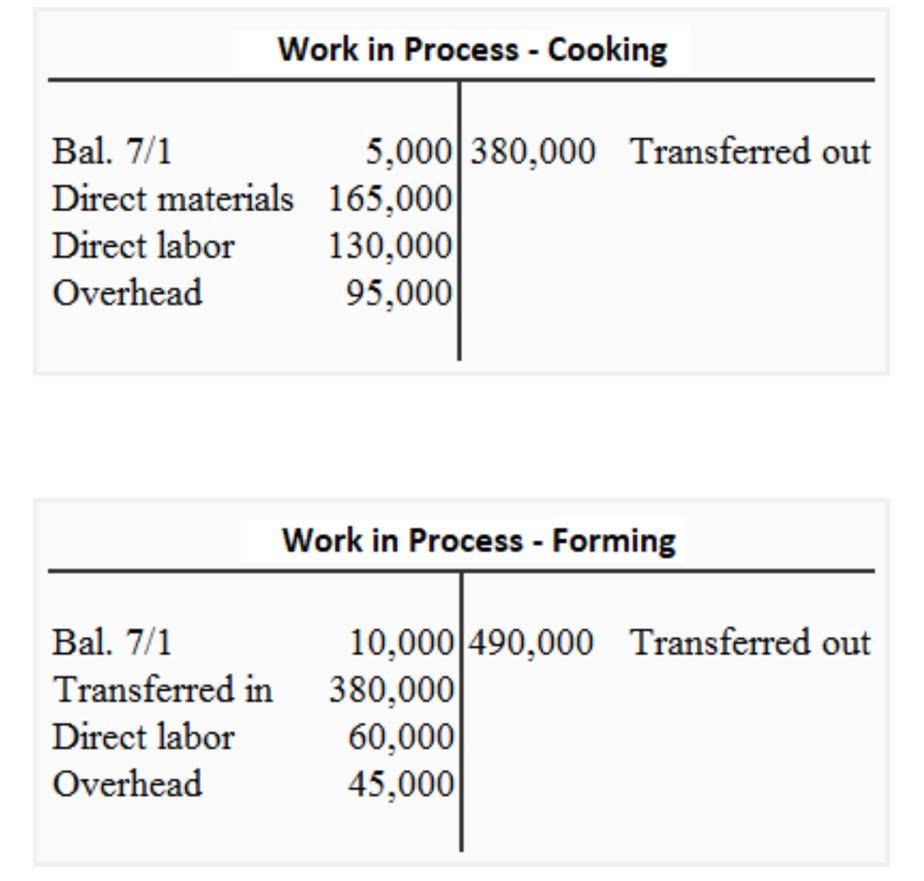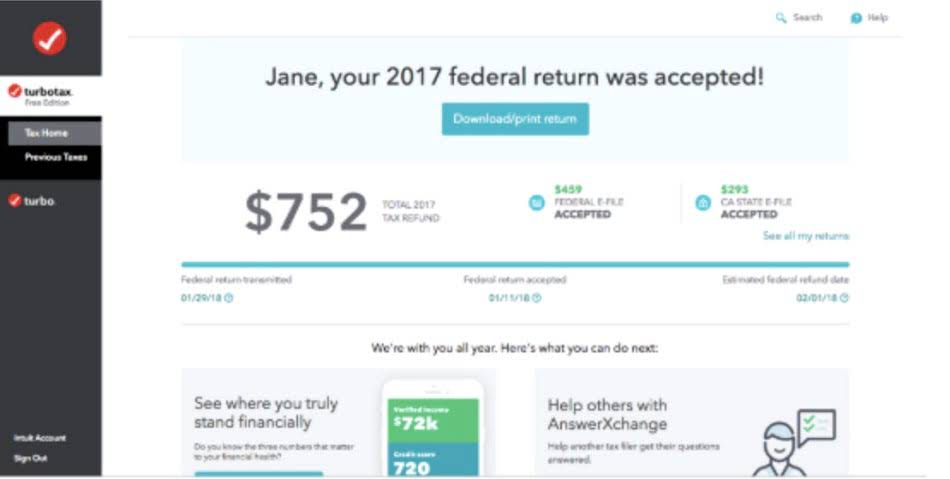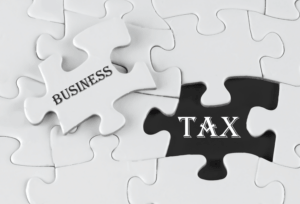
Overall, cash accounting is most relevant for small businesses with no inventory or recurring revenue. That means if you’re an ecommerce retail store, and you bought $10,000 in clothing from a designer in December 2021, you count the expense on that date. If you sell the clothing at a markup for $20,000 to customers—and their payments hit your bank account on January 1, 2022—you count that revenue for the following year. You enter the revenue into your books on January 1, even if the clothing hasn’t been delivered to the customers yet.
- Hence, both revenues and expenses should be able to be reasonably measured.
- Even though the customer doesn’t pay until Year 3, the sale was made in Year 2, so we should record the revenue earned in Year 2 according to the revenue recognition principle.
- If you’re currently in the market for small business accounting software that will help you better track revenue, be sure to check out The Ascent’s accounting reviews.
- It allows customers to pay with cash, an in-house credit account, or a credit card.
- With online purchases, terms of service are often embedded within invoices or subscription details, forming a contract.
By following these steps, entities can ensure that revenue is recognized consistently and transparently, providing a reliable basis for financial reporting and decision-making. Advances are not considered to be a sufficient evidence of sale; thus, no revenue is recorded until the sale is completed. Advances are considered a deferred income and are recorded as liabilities until the whole price is paid and the delivery made (i.e. matching obligations are incurred). If your business uses accrual accounting, you should know and understand the revenue recognition principle, sometimes known as the revenue principle. Entities often have difficulty determining the appropriate judgments to apply in the identification of performance obligations and the assessment of whether an entity is a principal or an agent, as described below.
Get in touch for service offerings
It provides a uniform framework organizations can follow for recognizing revenue from contracts. The previous guidance was industry-specific which created a number of fragmented policies. The updated revenue recognition standard is industry new neutral and more transparent. Revenue accounting is pretty straightforward when a product is sold in the revenue is recognized as the customer pays for the product. But when it comes to accounting for revenue when a company takes a long time to produce the product, things can get complicated, fast. And because of this, there are a variety of situations where exceptions to the revenue recognition principle are present.
Small businesses in the SaaS industry, for example, must consider allocating revenues from each contract to different performance obligations over the contract period. This can lead to a more accurate reporting of revenues, especially when it comes to recognizing revenue for subscription-based services or bundled products. If a contract is modified during its term, it might result in new performance obligations, adjustments in transaction price, or both. These changes can impact the revenue recognition process and require the financial statements to be updated accordingly.
Guide to Understanding and Writing the Revenue Recognition Policy
On the other hand, if the donor imposes certain conditions – that is, designates the gift for a certain purpose or timeframe – it becomes a restricted gift. Revenue recognition principles require non-profits to account for restricted gifts in a separate ledger account. The rule https://www.bookstime.com/ says that revenue from selling inventory is recognized at the point of sale, but there are several exceptions. If you’re currently in the market for small business accounting software that will help you better track revenue, be sure to check out The Ascent’s accounting reviews.

Although you have a payment on the books, you shouldn’t recognize any revenue for the job yet because your obligations have not been fulfilled. In this case, you would have to list the cash deposit as a liability, which will be offset by the according to the revenue recognition principle revenue once the work has been performed. Software can help automatically track relevant contract terms like payment schedules, rights and obligations, renewal options, etc. and trigger revenue recognition when contractual milestones occur.
Revenue Recognition Before and After Delivery
Deloitte refers to one or more of Deloitte Touche Tohmatsu Limited, a UK private company limited by guarantee (“DTTL”), its network of member firms, and their related entities. DTTL and each of its member firms are legally separate and independent entities. DTTL (also referred to as “Deloitte Global”) does not provide services to clients. In the United States, Deloitte refers to one or more of the US member firms of DTTL, their related entities that operate using the “Deloitte” name in the United States and their respective affiliates. Certain services may not be available to attest clients under the rules and regulations of public accounting. The most common examples of deferred revenue are gift cards, service agreements, or rights to future software upgrades from a product sale.

In the second case, you have less cash on hand than you have earned, and you might not even receive all the money you have earned. In the case of a subscription revenue stream, this means when you have fulfilled your part of the service agreement. IFRS 15 was issued in May 2014 and applies to an annual reporting period beginning on or after 1 January 2018. On 12 April 2016, clarifying amendments were issued that have the same effective date as the standard itself.
